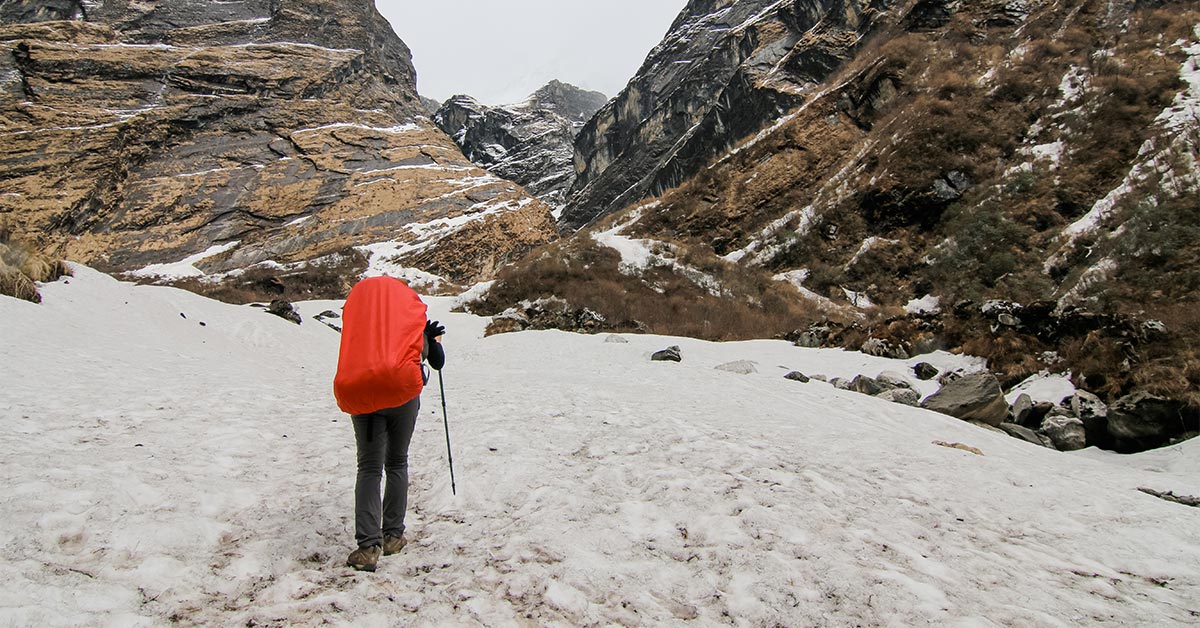In the vast tapestry of health considerations, altitude plays a fascinating role in the realm of hypertension (high blood pressure). The relationship between these two factors unveils an intriguing connection that demands attention. This blog aims to shed light on the impact of altitude on hypertension, emphasizing the importance of measuring blood pressure regularly. By unraveling this unique relationship and inspiring proactive health practices, we empower individuals to navigate the heights of their well-being while being mindful of their blood pressure.

Altitude, the elevation above sea level, can exert an influence on blood pressure. High altitude is defined as anywhere that's more than 2,500 feet above sea level, where the air is thinner. As we ascend to higher altitudes, the air becomes thinner, resulting in lower oxygen levels. Since the lungs get less oxygen at high elevations, the heart has to work harder to get oxygen-rich blood to the rest of your body. The higher altitude, the less oxygen you take in with each breath. The body responds to this by increasing the heart rate and the amount of blood pumped with each beat. Our bodies adapt by increasing heart rate and blood pressure to deliver oxygen more efficiently. As a result, there is a temporary increase in blood pressure until the body adapts to the lower oxygen levels. Research has found that exposure to very high altitudes of 5,400 meters could possibly lead to an increase of 14 mmHg in systolic blood pressure and 10 mmHg in diastolic blood pressure within a 24-hour period.


For individuals with hypertension, this adaptation may pose challenges as their blood vessels are already strained. The combination of reduced oxygen and increased blood pressure can lead to further cardiovascular stress. Understanding this impact is crucial for individuals living at high altitudes or planning trips to such locations, as it highlights the importance of regular blood pressure monitoring and appropriate management strategies.


Regular blood pressure measurements serve as a compass when navigating the impact of altitude on hypertension. Measuring blood pressure frequently allows individuals to gauge their body's response to altitude changes and detect any deviations from their normal blood pressure range. This proactive approach empowers individuals to take appropriate steps, such as consulting healthcare professionals, adjusting medications, or adopting lifestyle modifications, to maintain optimal blood pressure control. Whether it's measuring blood pressure at home using automated devices or during healthcare visits, these measurements provide valuable insights and guide individuals in managing their hypertension while navigating altitude-related challenges.

Altitude challenges us to be vigilant about our blood pressure, especially for individuals with hypertension. It is essential to be mindful of the impact altitude changes can have on our cardiovascular health. Monitoring blood pressure regularly is an integral part of this vigilance. By incorporating frequent measurements into our routine, we gain a deeper understanding of our body's response to altitude and can make informed decisions to manage our blood pressure effectively. Additionally, adopting healthy lifestyle practices, such as maintaining a balanced diet, staying physically active, managing stress, and avoiding excessive alcohol and tobacco use, can further support blood pressure control while navigating altitude locations.

Altitude presents an intriguing dimension in the realm of hypertension, demanding our attention and vigilance. By understanding the relationship between altitude and blood pressure, we empower ourselves to navigate these challenges while preserving our well-being. Regular blood pressure measurements become our guiding tool, providing insights into our body's response and enabling informed decisions. Let us embrace the inspiring notion of proactive self-care, encouraging everyone to measure their blood pressure as often as possible. Together, we can reach new heights with grace and maintain optimal blood pressure control while exploring the wonders of altitude locations.




Leave a comment
This site is protected by hCaptcha and the hCaptcha Privacy Policy and Terms of Service apply.